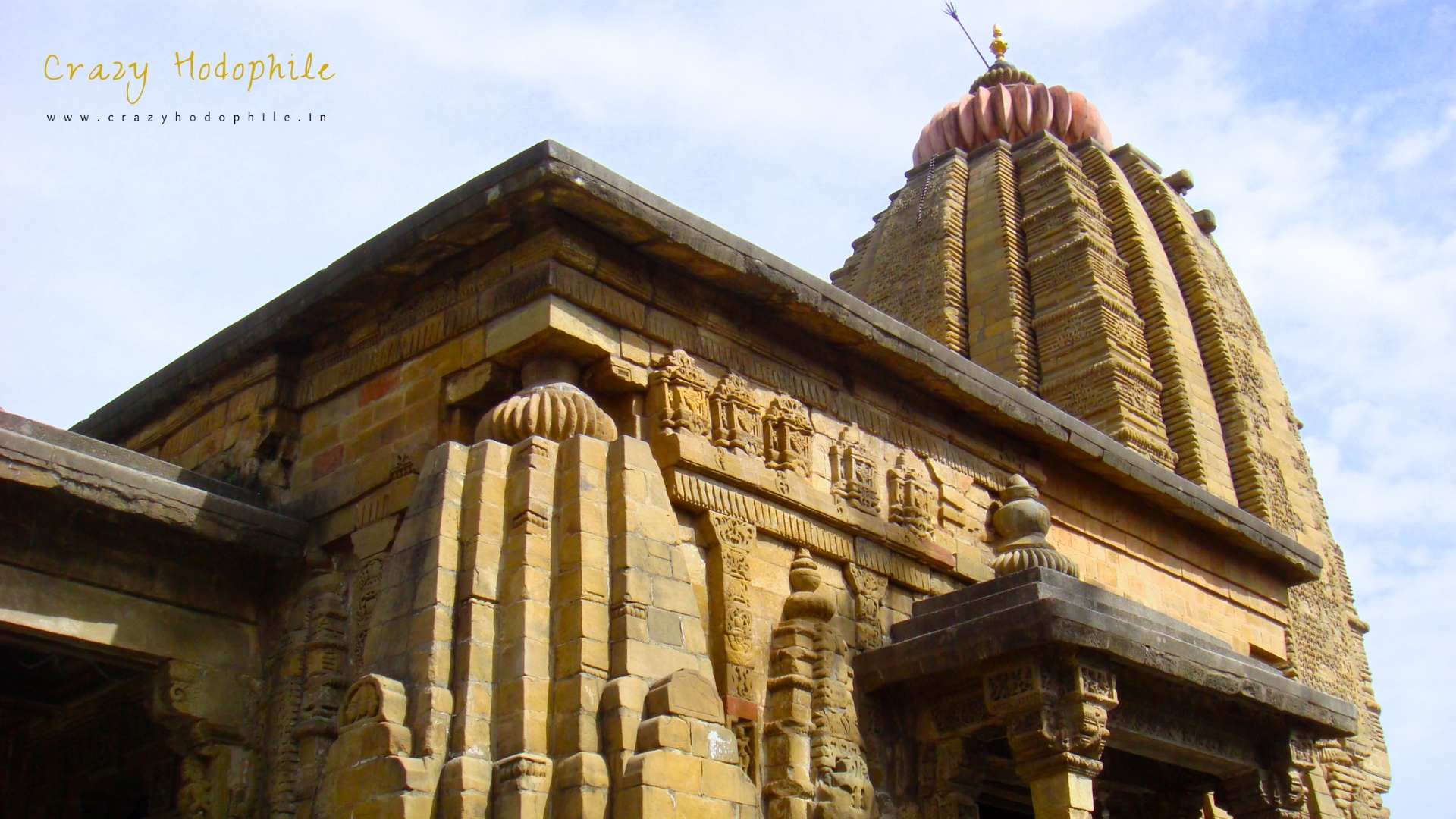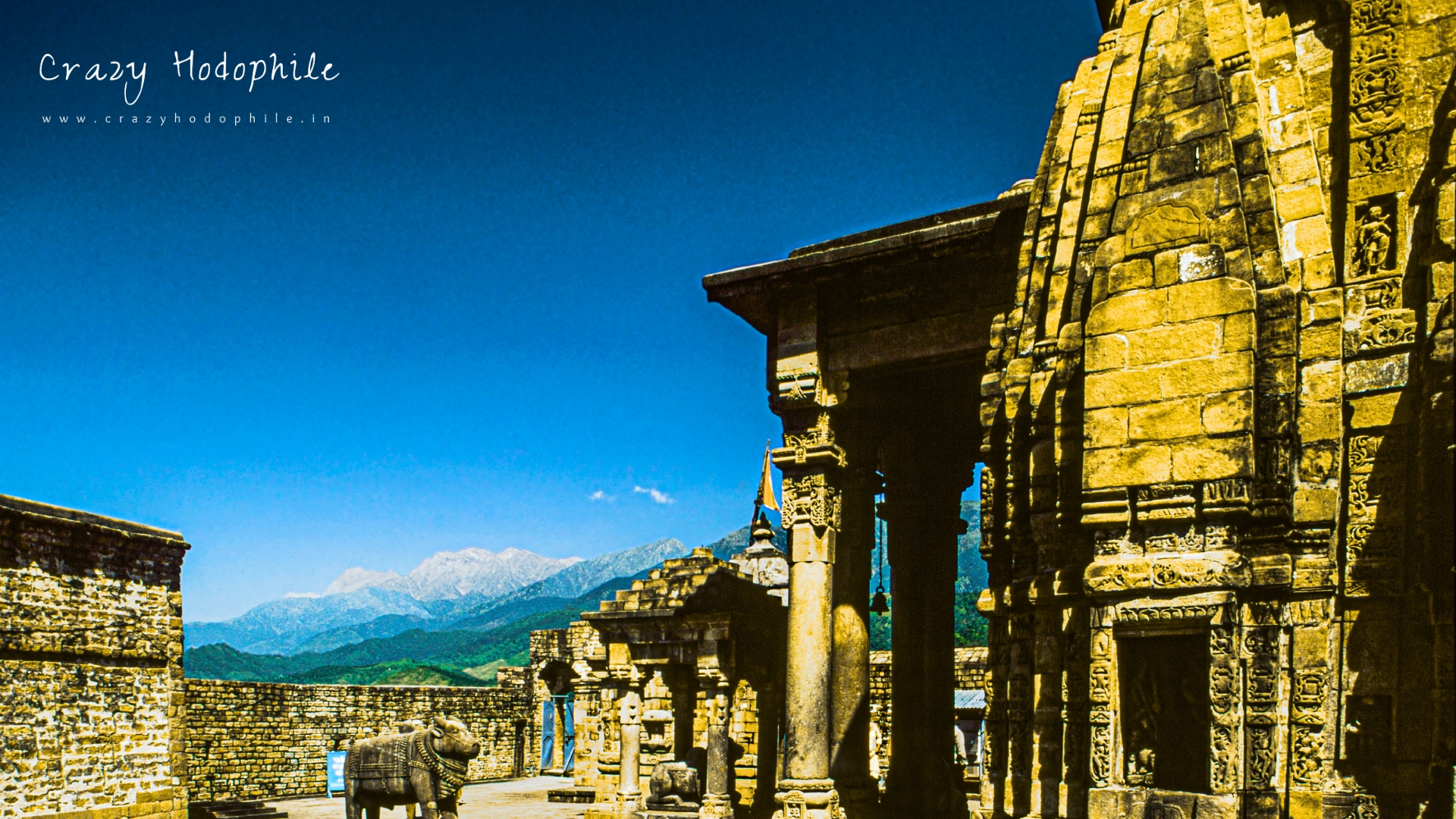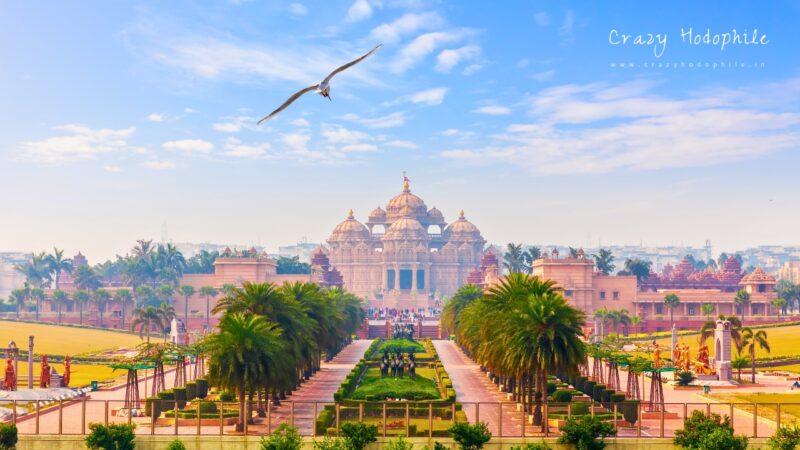Baijnath Temple: Where Kangra’s History Meets the Divine | Crazy Hodophile | 2025
Baijnath Temple, a renowned and ancient temple in Himachal Pradesh, showcases the Nagara style of architecture. Located in Baijnath village in the Kangra district, this temple was constructed in 1204 AD by two local merchants, Ahuka and Manyuka. It is dedicated to Vaidyanath, the ‘Lord of Physicians,’ a revered form of Lord Shiva.
Table of Contents
Overview
Baijnath Temple is a beautiful example of India’s rich history and spirituality. Built entirely from stone, it features detailed carvings and a unique curved spire.

Architectural Style
Baijnath Temple exemplifies the exquisite Nagara style of architecture, prevalent in North India during the medieval period. The temple complex includes a sanctum (garbhagriha) that houses a sacred lingam (a symbol of Lord Shiva’s eternal presence), a spacious mandapa (hall) for worshippers, and a decorative entrance porch. Both the south and north walls of the mandapa feature elegant balcony windows. The grounds also include smaller shrines and intricately carved stone structures that enhance its beauty.
The spire (shikhara) above the sanctum is beautifully carved with images of various gods and mythological scenes. The temple walls are decorated with detailed sculptures of gods, goddesses, and celestial beings.
Opening and Closing
Baijnath Temple is generally open from 6:00 AM to 8:00 PM. However, these timings may vary during festivals and special occasions, so it’s always a good idea to check ahead.
Best Time to Visit
While the temple welcomes visitors year-round, the most convenient time to visit is from March to July and September to November. During these months, the weather is pleasant, making it easier for devotees traveling from afar to explore and enjoy their visit without the discomfort of extreme cold.
Entrance Fee
There is no entrance fee to visit Baijnath Temple. The temple is open to all visitors without any charge, allowing everyone to experience its spiritual and historical significance freely.
History
The temple’s history dates back to the early 13th century when it was built by two local merchants, Ahuka and Manyuka. In the main hall of Baijnath Temple, you’ll find two long inscriptions carved on stone slabs. These inscriptions are written in Sanskrit using the Sharada script and in the local Pahari language using the Takri script. They recount the story of how the temple was built and indicate that an earlier Shiva temple existed at the site. The temple has been a significant pilgrimage site, believed to grant liberation from the cycle of rebirth to those who worship here. Over the centuries, it has witnessed various historical events and remains a center of spiritual importance.
Sculptures
The temple walls and niches are adorned with a rich collection of sculptures, each narrating a story from Hindu mythology. The central deity, a black stone lingam, is flanked by prominent sculptures, including depictions of Lord Ganesha, Harihara (a composite form of Vishnu and Shiva), Kalyanasundara (the wedding of Shiva and Parvati), and Shiva’s victory over the demon Andhaka.
Cultural Significance
- Festive Hub: During festivals like Maha Shivaratri, Panch Bhisham Chaturdashi, and Makar Sankranti, the temple becomes a major center of worship, drawing thousands of devotees from across the country. The atmosphere is filled with traditional music, dance, and chanting, offering an immersive cultural experience.
- Community Bond: The temple plays a crucial role in preserving local traditions and customs, serving as a place where people gather to celebrate their shared heritage, fostering unity and belonging.
- Symbol of Identity: The temple represents pride and identity for the people of the Kangra Valley. It stands as a symbol of their cultural heritage and spiritual traditions, reminding them of their roots and connection to the land.
Note: For more information, you can visit the temple’s official website: https://bababaijnath.in/
Visiting Tips
The ancient Baijnath Temple is not only a stunning architectural gem but also a sacred place of worship. To ensure a meaningful and respectful visit, here are a few essential tips to keep in mind:
- Photography: Photography may not be allowed in certain areas, particularly inside the sanctum (garbhagriha). Be sure to inquire with the temple authorities about photography rules before taking pictures.
- Pack Snacks: There are very limited food facilities available around the temple. Carry a water bottle and snacks in a small bag or purse. Please dispose of any waste responsibly and avoid littering around the temple grounds to help preserve the natural beauty of this sacred site.
- Dress Modestly: When visiting the temple, dress modestly following the temple’s decorum. Avoid wearing shorts, sleeveless tops, or revealing clothing.
- Bring a Flashlight: As the sun sets, the temple’s lighting might not be very bright. Bring a flashlight to illuminate your path and ensure a safe and enjoyable evening visit.
- Plan Ahead: The temple can be crowded with long lines during weekends and major festivals like Maha Shivaratri. For a more peaceful experience, consider visiting early in the morning.
- Respect Local Customs: Be mindful of ongoing rituals and practices, and maintain a peaceful demeanor within the temple premises.
Bonus Tip: Explore the surrounding town of Baijnath. It’s a charming village with traditional markets, local cuisine, and stunning views of the Kangra Valley.
How to Reach
- By Road: Baijnath Temple is easily accessible by road, with regular bus services and taxis available from major cities in Himachal Pradesh.
- By Air: The closest airport to Baijnath Temple is Kangra Airport, also known as Kangra-Gaggal Airport, located about 54 km away.
- By Train: The closest railway station is Pathankot in Punjab, around 129 km away.
Location Map for Baijnath Temple
What’s Worth Seeing in Kangra
- Kangra Fort: A historic fort with panoramic valley views.
- Jwala Devi Temple: A sacred Hindu shrine famous for its eternal flames, believed to be a manifestation of the goddess.
- Masroor Rock Cut Temple: It is an 8th-century complex of monolithic rock-cut Hindu temples, showcasing intricate Nagara architecture and dedicated to various deities.
- McLeod Ganj: Nestled in Kangra Valley, is a vibrant Tibetan settlement known as “Little Lhasa,” and home to the Dalai Lama and the Tibetan government-in-exile. It offers a unique blend of Tibetan and Indian cultures.
- Palampur: A charming hill station known for its lush tea gardens, scenic landscapes, and colonial-era architecture.



